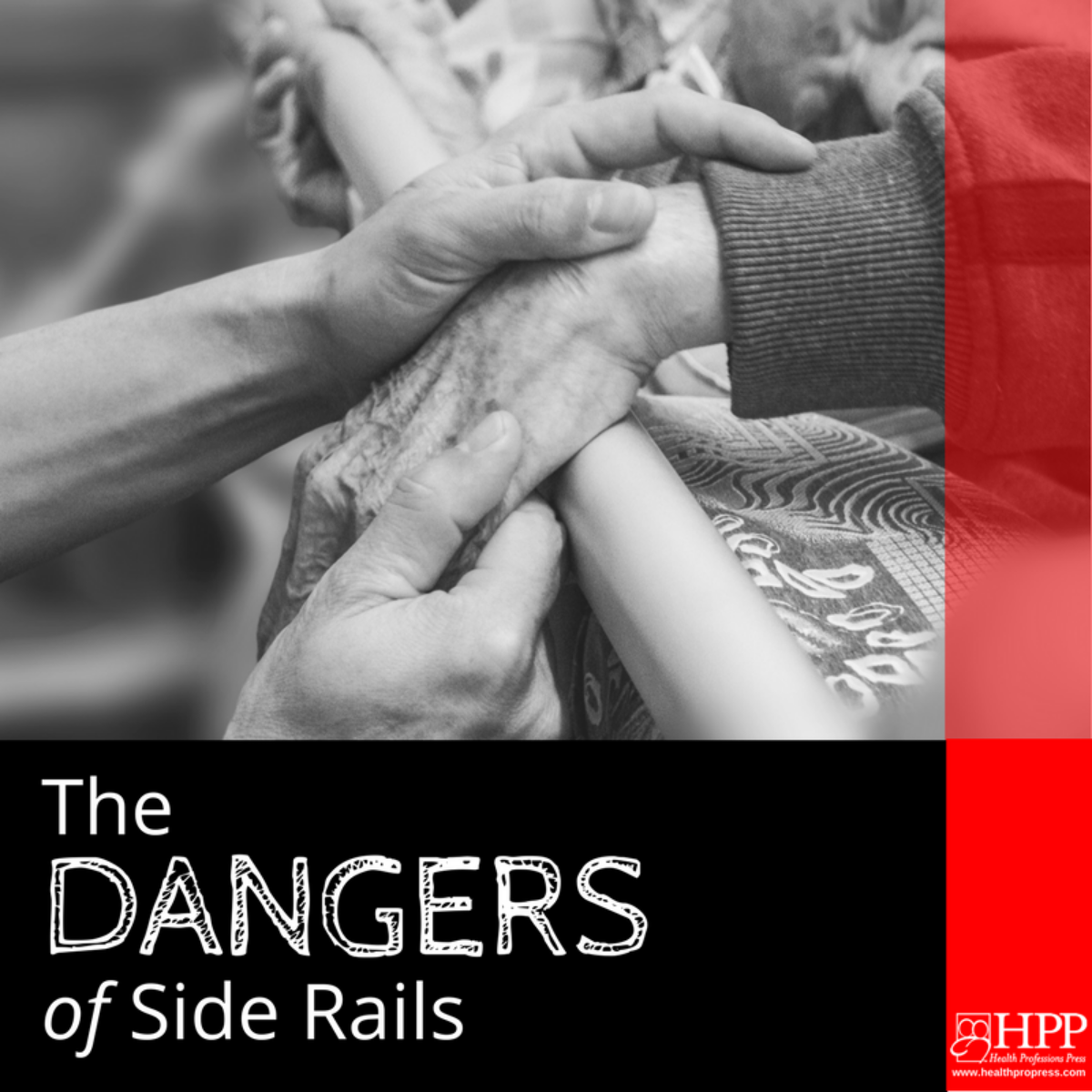
Bed-Related Injuries: The Dangers of Side Rails
Bed side rails are used extensively in hospitals, nursing facilities, and residential facilities to prevent those in their care from falling from their beds. However, side rails, rather than being protective against falls, actually can increase the risk of bed falls and injury. Many falls out of bed involve residents whose side rails are up. The number of falls and the number of fall injuries both increase when side rails are raised.
Though bed side rails can contribute to falls and injury, when used properly, half- or quarter-length side rails can be employed as an assistive device to support residents with poor balance in getting in and out of bed.
To safely and appropriately use side rails, staff must identify which residents may require side rails, which side rails should be used, and the correct fitting, positioning, and maintenance of side rails.
Potential Benefits of Side Rails
Side rails may be appropriate when used to do the following:
Facilitate the resident’s in-bed mobility and/or bed transfers
For example, aiding the client in turning and repositioning within the bed, providing the resident with a hand-hold for getting into or out of bed, and/or providing a feeling of comfort and security.
Reduce the risk of falling or rolling out of bed
Side rails are not considered restraints as long as the side rail does not restrict the resident’s movement.
When used for the purpose of preventing a resident from getting out of bed when the resident wants to get out of bed, side rails meet the definition of a physical restraint. Side rails should not be used as a restraint.
Potential Risks of Side Rails
- Strangling, suffocating, bodily injury, or death when a resident or part of the resident’s body is caught between the rails or between the bed rails and the mattress
- Serious injuries from falls when a resident climbs over a side rail
- Skin bruising, cuts, and scrapes
- Feelings of isolation or unnecessary restriction
- Preventing residents who are able to get out of bed from performing routine activities such as going to the bathroom
Side Rail Risk Assessment
Any decision to use side rails should be based on the assessment needs of the resident. Before automatically using side rails, it is important to identify the purpose of using them and weigh the risks and probably effects against those of other interventions. Questions that need to be considered include the following:
- Are side rails being considered to protect a resident who has limited purposeful movement and cannot position him- or herself in the bed?
- Are side rails being used as an assistive device for a resident so that he or she can move more independently? If so, do the benefits of the side rails outweigh the potential harm? Can an alternative method be used?
- Is the purpose of the side rails to stop a resident who is confused from climbing out of bed? If so, what else can be done that would not restrict the resident’s freedom of movement while also reducing the chance of falling? Are side rails really required? Can an alternative method of bed safety be used?
- Is the resident agitated or confused? If so, he or she may try to climb over the side rails.
- Will the resident need to get out of bed when he or she is not directly being observed (e.g., at night)? What is the risk that he or she will fall out of bed without side rails being used?
When considering using side rails as an assistive device, it is important to observe the resident using the side rails: Does the side rail assist the resident in turning from side to side while in bed?
Assess entrapment risk. Determine whether the side rail is suitable for use in combination with the resident and their bed and mattress.
Risk assessments should be reviewed after each significant change in the resident’s condition. In addition, if the bed, mattress, or side rail changes, the risk assessments should be reviewed again.
Side rails that are no longer required by the resident should be removed from the bed, if appropriate. Side rails that are defective should also be removed from the bed. Simply removing the side rails without attention to the resident’s underlying problems, however, may result in increased falls and injuries.
Resident/Family Side Rail Request
When an alert, oriented resident and/or family member requests side rails, your facility may honor the request. Whether the use of side rails is beneficial or harmful needs to be evaluated to ensure the side rail does not place the resident at increased risk for injury. Family members or other resident surrogate decision makers cannot request a side rail without the staff’s endorsement. If residents or family ask about using bed rails, staff should do the following:
- Talk with the resident and/or family member to determine why he or she is requesting a side rail.
- Educate the resident and/or family member about the possible dangers of side rails.
- Reassure the resident and her or her family that in many cases the resident can be safe without side rails and that there are many alternatives to side rails.
- Reassess the need for side rails on a frequent, regular basis.
Alternatives to Side Rails
Consider the following alternatives to side rails:
- Low beds
- Transfer or mobility aids
- Frequent monitoring of the resident, especially at night
- Anticipation of the reasons that the resident gets out of bed (e.g., hunger, thirst, bathroom needs, restlessness, pain) and meeting those needs ahead of time (e.g., offering food and fluids, ensuring ample time in the bathroom, providing calming interventions and pain relief)
- Cushioned floor mats
- Body positioning devices
- Sitter program
- Restorative care to enhance safe transfers
- Trapeze to increase bed mobility
- Raised-edge or concave mattress (to prevent rolling out of bed and/or to serve as a perimeter reminder when a resident is approaching the bed’s edge)
- Nonskid slippers and/or socks (to provide stable footing during transfers out of bed)
- A room closer to the nurse’s station so that the resident can be observed by staff members
Audit Side Rail Use
Audit the use of side rails on a regular basis to ensure that side rails are being used appropriately by the residents and the staff members.
This post was adapted from The Essential Falls Management Series: Guide to Bed Safety by Rein Tideiksaar, Ph.D. Copyright © 2006 by Health Professions Press, Inc. All rights reserved.
Resources for Falls Management & Prevention!
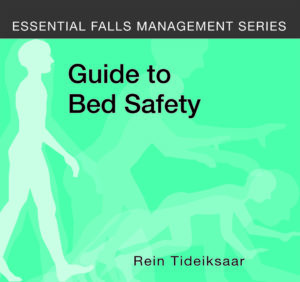 Essential Falls Management Series: Guide to Bed Safety
Essential Falls Management Series: Guide to Bed Safety
By Rein Tideiksaar, Ph.D.
Copyright © 2006 by Health Professions Press, Inc.
Bed safety is a critical component of an effective falls management program. This CD-ROM will assist in training staff to understand the fall risks associated with beds and bed transfers and to effectively use strategies for increasing bed safety.
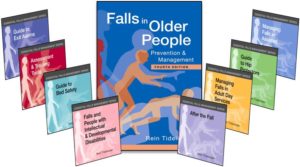 The Essential Falls Management Series
The Essential Falls Management Series
By Rein Tideiksaar, Ph.D.
Copyright © 2010 by Health Professions Press, Inc.
This easy-to-read manual and comprehensive set of 8 CD-ROMs cover a broad range of issues related to the prevention and management of falls in older adults.
Each CD-ROM includes PowerPoint presentations for targeted staff training and relevant assessment forms, checklists, and guidelines in printable PDF format.
See also:
- Understanding Fall Risk in Older Adults: The Internal and External Factors
- CAREing About Falls: Preventing Falls and Fall-Related Injuries

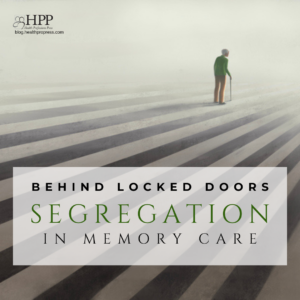

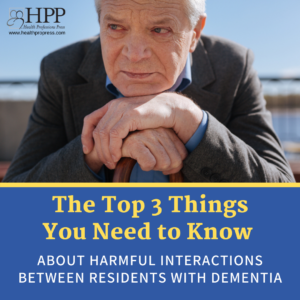

Add comment